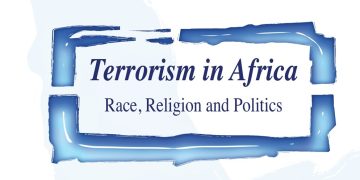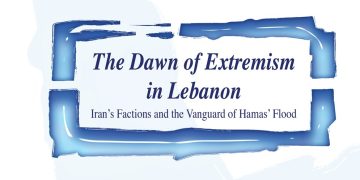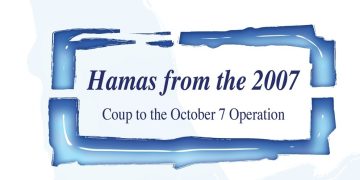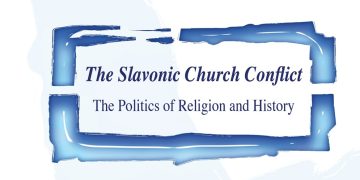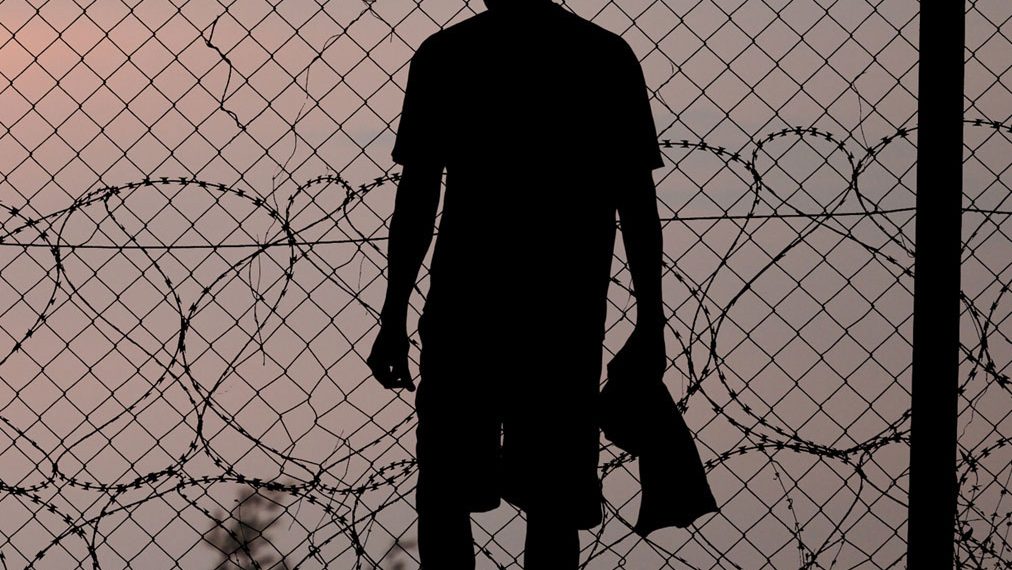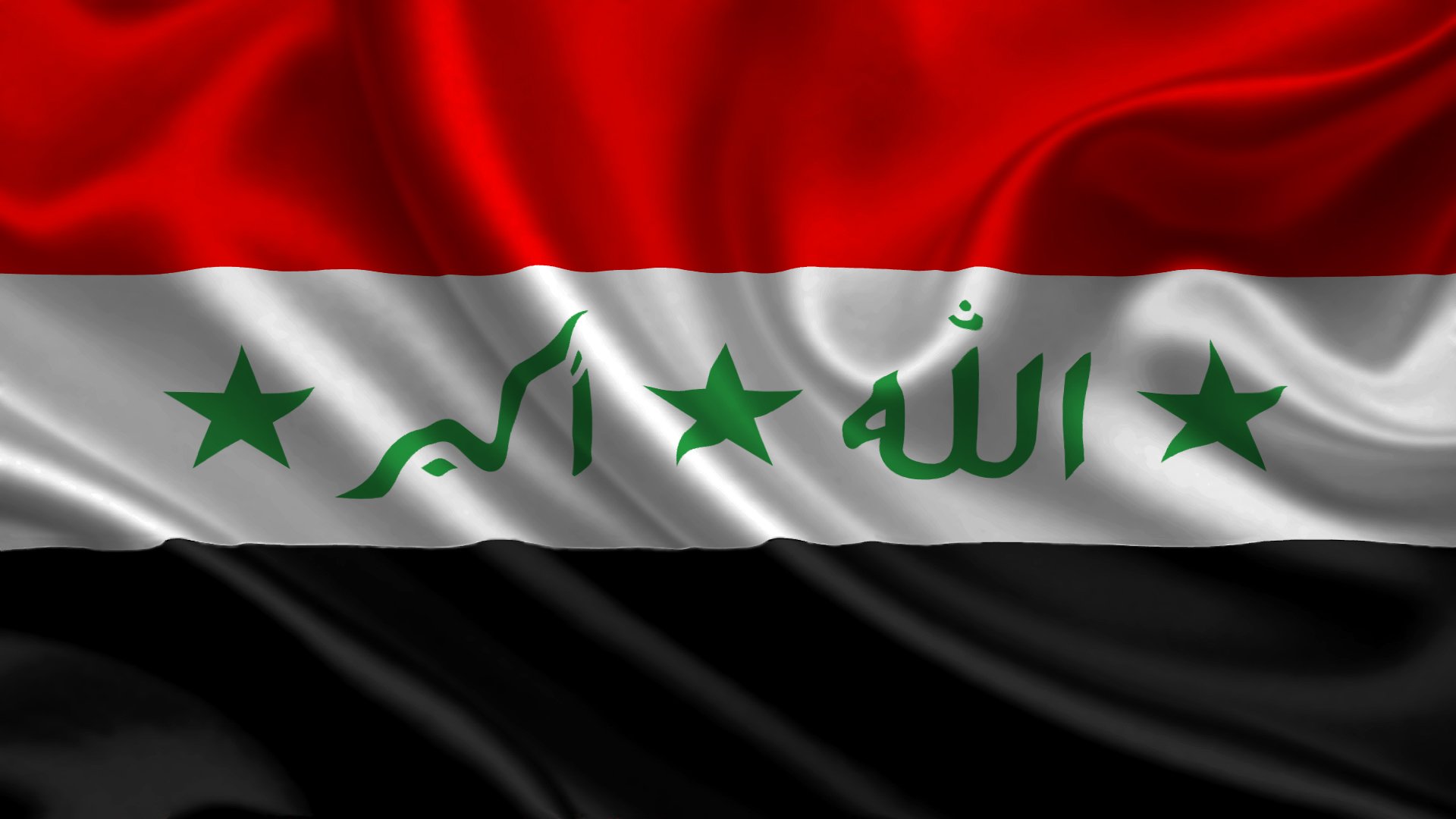by Abd al-Hadi A’rab
Until recently, cultural rights were among the most neglected forms of human rights — especially when compared to the “primary” rights, such as civil and political rights. Difficulty in application is one reason why this issue has long been neglected. Cultural rights are also closely related to values, morals, and religion, which has in turn made the matter quite sensitive. Cultural rights in both the Universal Declaration of Human Rights and the International Convention for Economic and Social Rights, appear only partially — largely as corollaries to other rights. Another obstacle has been the limited conceptualization of “culture.” The latter may be rooted in the fear that acknowledging diverse cultural identities would increase sentiments of divergence from the state, thus endangering its integrity. Other conservative voices go so far as to see the parochial nature of cultural as somehow compromising the universality of human rights.
Yet cultural rights are universal, and inseparable from human rights. Working to enshrine these these rights is a challenge that transcends any particular culture: It is both an individual and a collective moral duty to protect myriad cultures that may cohabit the same borders.
Both human and cultural rights have been subjected to many violations which can be divided into two categories: Some violators, in viewing rights as “global,” effectively undermine the right to individuality or privacy. Others reject the globalization of human rights as a new form of imperialism. A more construct view sees the globalization of human rights as going hand in hand with cultural, individual, and privacy right. The philosophy of this view is conveyed in the declaration following the International Human Rights Conference which took place in Vienna from the 14th to 25th of June, 1993: “All human rights are universal and indivisible … The global community must treat human rights wholly and equally… national, regional, and different historic, cultural and religious backgrounds should be taken into consideration…”
In reviewing the most common conceptualizations of human rights as conveyed in the universal charters, we find the the following plans:
“All nations’ rights are equal, regardless of how large or small they are.
All individuals have the right to practice and preserve their unique cultures, religions, and languages.
All cultures components of a shared human heritage.
All cultures’ integrity and dignity should be preserved.
All countries have the right to develop their unique cultures while nurturing understanding, tolerance, and friendships with other countries.”
Article 27 of the Universal Declaration of Human Rights (1948) states: “Each individual has the right to freely and willingly participate in cultural life and scientific advancement in addition to the individual rights of protecting literary and material interests of any scientific, literary, or art work they have created.” In article 22, we find: “Each individual has the right to understand and comprehend cultural rights though national and international efforts.”
Clause 13 of the American Declaration of Human Duties and Rights (1948) states: “Every person has the right to participate in the cultural, artistic, and intellectual life of society”. Clause 14 of the same declaration, the San Salvador Protocol, and Clause 17 of the African Covenant of Human and Nations Rights state: “Each individual has the right to freely participate in the cultural life of their society, and has a duty to protect and enhance the African cultural heritage and promote the spirit of tolerance, dialogue, discussion, and participation to prosper.”
Other decrees and declarations have called for similar rights, such as the 1990 Copenhagen Convention and the Paris Covenant. The latter was later adopted by OCSE (L’Organizzazione per la cooperazione e lo sviluppo economico). UNESCO sets cultural diversity as a top priority. In the first article of the UNESCO Declaration we find: “Cultural diversity is heritage for all humanity. Culture draws on diversity through different times and places, and is manifested in the individuality and pluralistic identities of groups and communities. Such is a necessity and the main source of modernization and innovation. Thus, it is essential to acknowledge heritage and enhance it for future generations.” Articles 2 and 3 stress the importance of working with cultural sub-identities within a democratic framework, and consider cultural diversity a moral necessity that expresses solidarity and respect for human dignity.
Respect for cultural particularities is an essential strategy for development. Cultural values are human capital — no less important than money.


